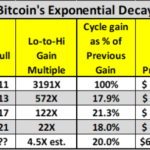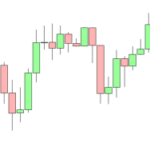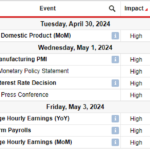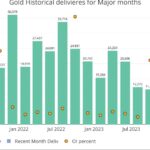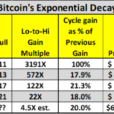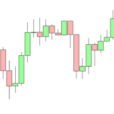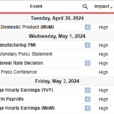
One of our guests on the podcast last week, Alex Gurevich, is the author of the book The Next Perfect Trade and founder of HonTe Investments, an extension of his own personal family business. HonTe Investments is run with a very simple goal: make money over the long run. Gurevich attempts to make money with a benchmark agnostic view of the world, very different from most institutional investors.
Many traders look at short-term market trends, where perhaps their odds of trading individual positions are 52% likely to come out in their favor. Gurevich, by contrast, tries to identify longer-term market forces for which the odds of success might be as high as 90% winning positions over five-year outlooks. Gurevich says he talks to other traders who say, “Of course over five to 10 years this will go up, but I am staying out of it because of short-run volatility and uncertainty.” This is Gurevich’s prime focus and where he wants to get in.
A Case to Be Long Bonds
Gurevich’s main position today is being long bonds. He has traded around the position at various times—such as after the Brexit vote when rates spiked down and bond prices up—but he has been in this for a number of years and expects it to continue. As long as we have upward-sloping yield curves, he sees this trade paying off. He does not see any other trade in the history of wealth creation that offers the same dynamic—a negative beta asset that pays you money while also protecting your wealth. He does not see this scenario going away anytime soon.
The Carry Factor: Why the Euro Is Not as Cheap as Spot Rates Suggest
One of Gurevich’s reasons for being long bonds is the carry he earns from these positions. This also factors into his positions in the currency markets. He says many people just look at the spot exchange of the euro-dollar cross to say the euro looks cheap—and, yes, the average level for the euro over the last 16 to 17 years has been approximately 1.24 while current levels are 1.06. If you were to buy the euro on a 10-year forward basis, given the interest rate differentials with the European Central Bank at negative rates and the Federal Reserve (Fed) hiking, the 10-year forward rate on the euro is actually 1.29, which still looks expensive when the average is 1.24.



